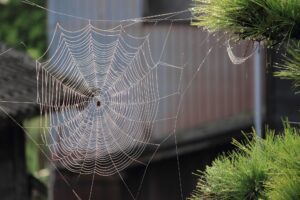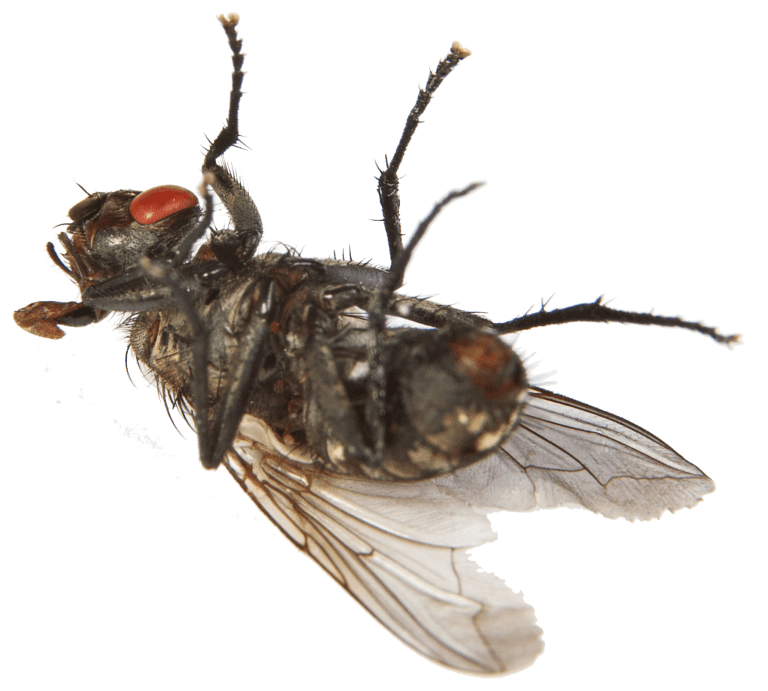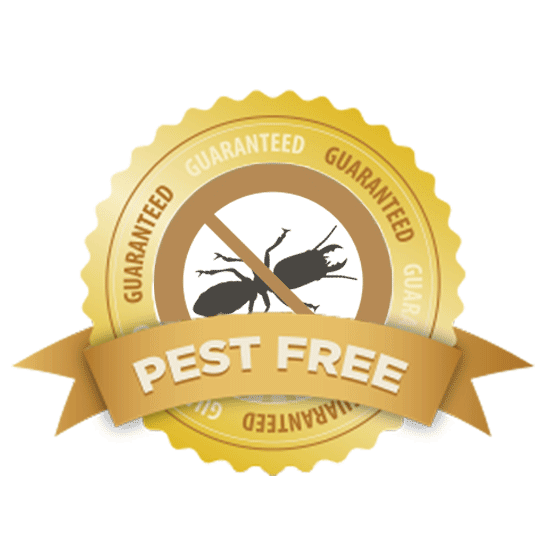Bees are generally harmless to us. Unless they are provoked or feel threatened there is no solid reason to fear them. Of course there will be circumstances when you get a bees’ nest emerging in the vicinity of your home or near a playground and you may wonder if you have a possible bee problem. Bee control service in South Florida is designed to determine if you have a bee problem and can shed light into how to handle your possible bee infestation in the most efficient, safe, and effective way possible.
Removing the bees or a total eradication can be a very tedious task. Before you make a decision, it’s helpful to know the lifecycle of a honey bee. Honey bees usually thrive in the springtime; during this period, they can grow very quickly and become overcrowded. Once a nest is overcrowded you likely experience ‘swarming’ wherein half of the bees remain in the nest and the other half, along with the queen bee leave the nest to find another area to thrive in. This new area could be a tree nearby, a barrel or even a wall in your home. The openings to such chosen wall cavities will be no more than 5/16 inch.
Bees are creatures of habit and consistency. In all probability, if you get bees in one location they are likely to return unless you take the proper steps to persuade them otherwise. If you fail to close or seal the cavity in which they build their nest the bees will indeed return and with much more force. With bees it is not just enough to seal the cavity it must be cleaned and most traces of the nest must be removed. New bees will be attracted to the wax that was left behind so these steps should be followed as much as possible.
Here are few frequently asked questions to help you handle any bee problems until your bee control service is available.
Should I be worried about safety if I get bees?
As mentioned earlier bees are only harmful when provoked. Honey bees only sting as a defense mechanism. Avoid swatting or jerky movements if you find yourself in the presence of a swarm. There is definitely a cause for concern if a family member within your affected area is allergic to bees. The bee sting to people who suffer from allergies could be fatal.
Should I seal the hole with the bees inside?
It is not recommended that you seal bees inside their nest. If you seal their opening then the bees will find another alternative to coming outside and could cause more damage. This could even mean that they swarm through your house, through woodwork, wall fixtures or empty spaces in the ducts.
Can I save the bees?
Saving bees is possible in many cases where they are trapped and removed or removal by dismantling the wall. Doing this is very time-consuming and can be very expensive. Most beekeepers vary in the methods in which they physically remove the bees. This is not because of the stinging threats, but the survival rate of bees after such an intervention is poor.
If removal is possible, then what is the best time to do this?
Removal is possible if there seems to be no threat from the bees. Bees thrive in the spring; however, in early spring or by the time it is late winter, the bees would’ve consumed all the honey they have stored. During this time, the number of bees will also be lower than the overcrowded spring time.
To remove bees successfully you need to first identify the bee species you are dealing with. Bee control services can do more than help you handle your bee problem but also are great to consult when trying to identify the bees in your affected area. Doing this can tell you a lot about the way forward to handling that bee situation. The way to handle every species of bee is different. For example, bumble bees will not build nest inside wall cavities whereas yellow jacket bees and honey bees will only nest inside wall cavities of your home.
Here are a few ways you can identify the bee first, before you move on to the next steps:
- Consult a pest control expert.
- Do your own research and verify the nest. Honey bees build the comb with wax, whereas other insects may use mud, wood or even paper.
- Find a beekeeper to help you identify.
Regardless of what type of bee you’ve identified, it’s crucial to be aware of its life cycle so that you can take an informed decision of whether to use extermination services (for an endangered species) or to let them be.






